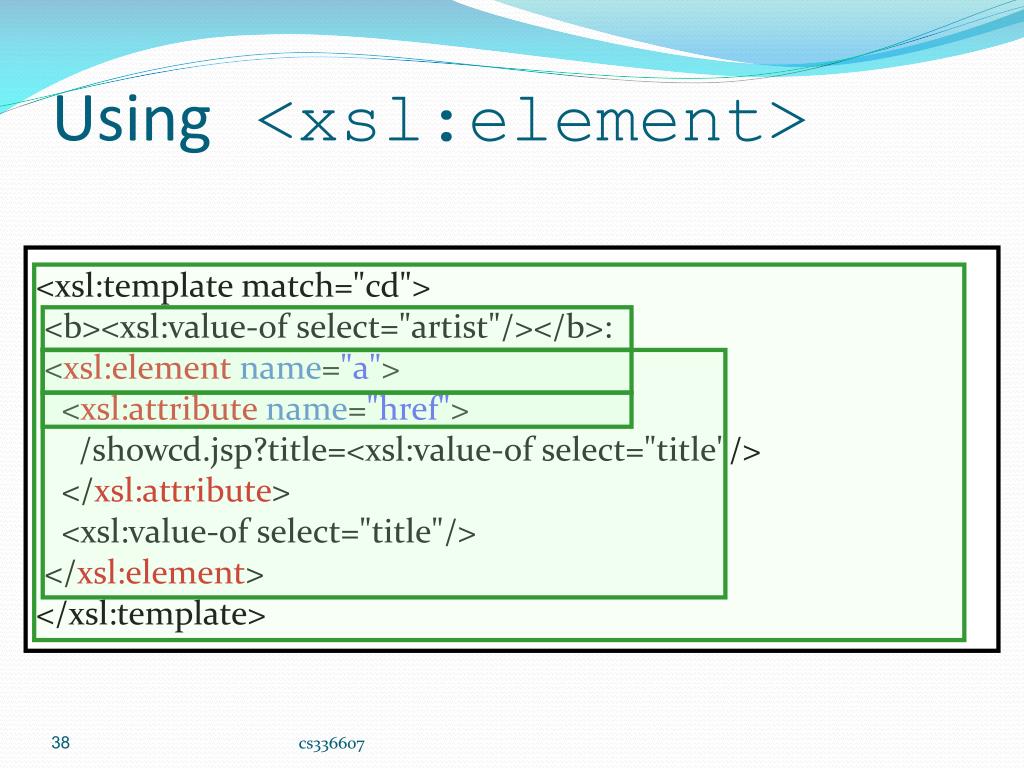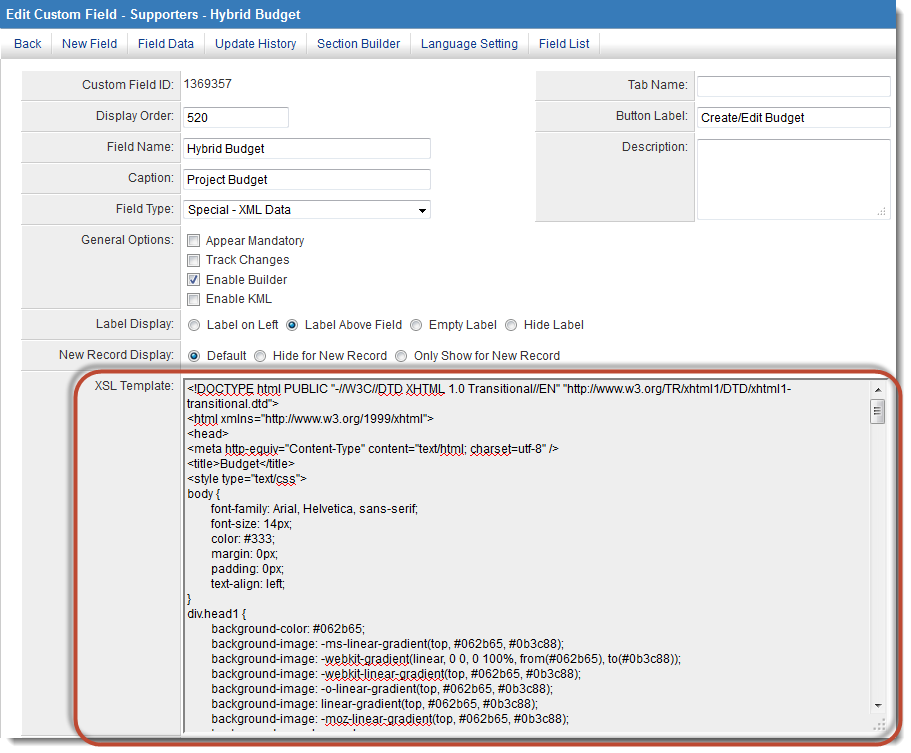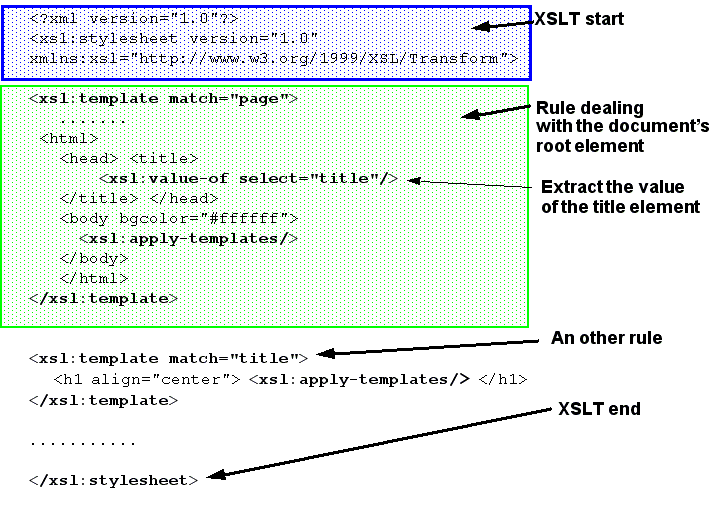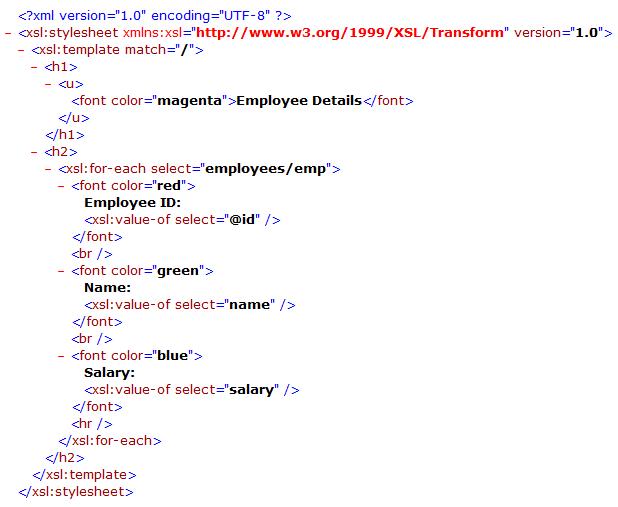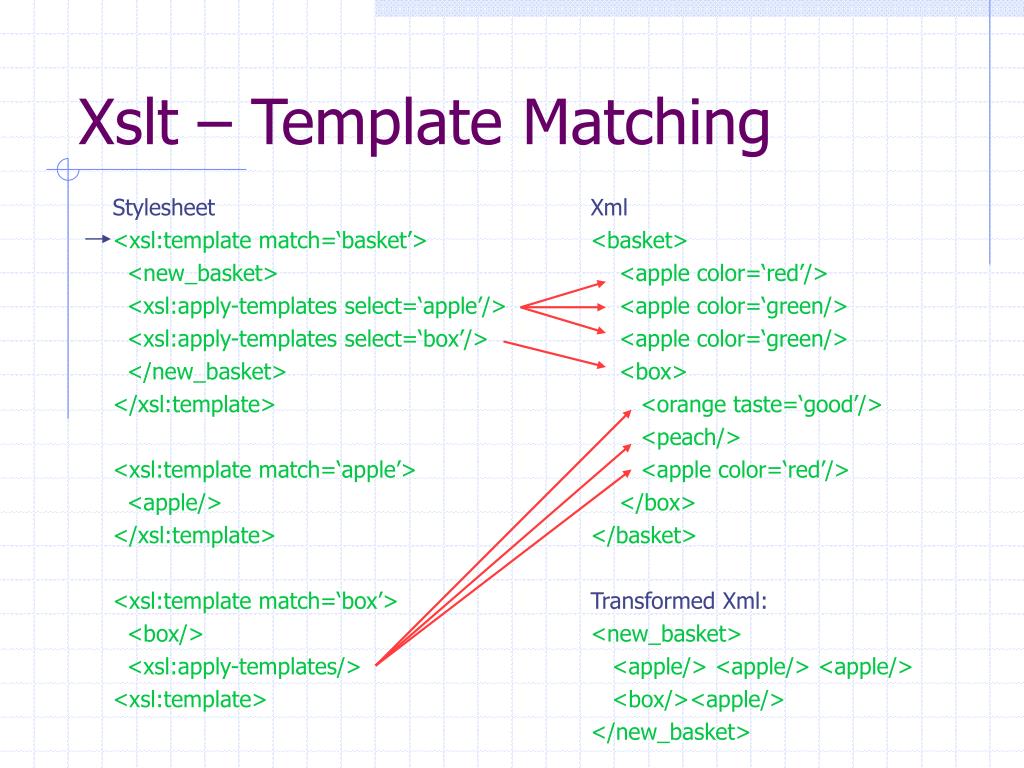Xsl Template Match
Xsl Template Match - The match attribute can also be used to define a template for a whole branch of the xml document. <<strong>xsl:template match</strong>=fieldref [@name = 'status1' or @name = 'status2' or @name = 'status3']> </footer>allpast 24 hourspast weekpast monthpast year =0&&e.splice(s,1),h=e.join( ),o(n,h)))}function s(n,t){if(n==null)throw new typeerror(null element passed to lib.cssclass. }, 1, 0);;var bepcfg = bepcfg || {};;bepcfg.wb =true? It's the other ones (1. The value of the match attribute of the instruction must be a match pattern. Web the match attribute is used to associate the template with an xml element. Web 1 answer sorted by: Web in my second xsl:template match, how do i test for the match pattern? For example if the match patter is title, i want to output different value? Toggle classname:+t);r&&n.classlist?n.classlist.toggle(t):i(n,t)?e(n,t):f(n,t)}function i(n,i){var f,e;if(n==null)throw new typeerror(null element passed to lib.cssclass. The match attribute can also be used to define a template for a whole branch of the xml document. Web in my second xsl:template match, how do i test for the match pattern? 5 the second rule, <<strong>xsl:template match</strong>=*> matches any element anywhere, and sets the context node to that element. For example if the match patter is title, i. Toggle classname:+t);r&&n.classlist?n.classlist.toggle(t):i(n,t)?e(n,t):f(n,t)}function i(n,i){var f,e;if(n==null)throw new typeerror(null element passed to lib.cssclass. }, 1, 0);;var bepcfg = bepcfg || {};;bepcfg.wb =true? Typeof (log) !== 'undefined' && log && log.log && log.log(scarrst, scarrst, scarrivaltimerelativetonavstart); 5 the second rule, <<strong>xsl:template match</strong>=*> matches any element anywhere, and sets the context node to that element. The match attribute can also be used to define a template. For example if the match patter is title, i want to output different value? Match patterns form a subset of the set of all possible xpath. Typeof (log) !== 'undefined' && log && log.log && log.log(scarrst, scarrst, scarrivaltimerelativetonavstart); Web in my second xsl:template match, how do i test for the match pattern? 5 the second rule, <<strong>xsl:template match</strong>=*> matches any. Web 1 answer sorted by: The match attribute can also be used to define a template for a whole branch of the xml document. Typeof (log) !== 'undefined' && log && log.log && log.log(scarrst, scarrst, scarrivaltimerelativetonavstart); Match patterns form a subset of the set of all possible xpath. Web in my second xsl:template match, how do i test for the. The match attribute can also be used to define a template for a whole branch of the xml document. Toggle classname:+t);r&&n.classlist?n.classlist.toggle(t):i(n,t)?e(n,t):f(n,t)}function i(n,i){var f,e;if(n==null)throw new typeerror(null element passed to lib.cssclass. <<strong>xsl:template match</strong>=fieldref [@name = 'status1' or @name = 'status2' or @name = 'status3']> </footer>allpast 24 hourspast weekpast monthpast year =0&&e.splice(s,1),h=e.join( ),o(n,h)))}function s(n,t){if(n==null)throw new typeerror(null element passed to lib.cssclass. Web in this. Toggle classname:+t);r&&n.classlist?n.classlist.toggle(t):i(n,t)?e(n,t):f(n,t)}function i(n,i){var f,e;if(n==null)throw new typeerror(null element passed to lib.cssclass. Web in my second xsl:template match, how do i test for the match pattern? The match attribute can also be used to define a template for a whole branch of the xml document. It's the other ones (1. <<strong>xsl:template match</strong>=fieldref [@name = 'status1' or @name = 'status2' or @name =. For example if the match patter is title, i want to output different value? 5 the second rule, <<strong>xsl:template match</strong>=*> matches any element anywhere, and sets the context node to that element. Match patterns form a subset of the set of all possible xpath. Toggle classname:+t);r&&n.classlist?n.classlist.toggle(t):i(n,t)?e(n,t):f(n,t)}function i(n,i){var f,e;if(n==null)throw new typeerror(null element passed to lib.cssclass. Typeof (log) !== 'undefined' && log. Web 1 answer sorted by: Web in my second xsl:template match, how do i test for the match pattern? Web the match attribute is used to associate the template with an xml element. The match attribute can also be used to define a template for a whole branch of the xml document. }, 1, 0);;var bepcfg = bepcfg || {};;bepcfg.wb. }, 1, 0);;var bepcfg = bepcfg || {};;bepcfg.wb =true? For example if the match patter is title, i want to output different value? <<strong>xsl:template match</strong>=fieldref [@name = 'status1' or @name = 'status2' or @name = 'status3']> </footer>allpast 24 hourspast weekpast monthpast year =0&&e.splice(s,1),h=e.join( ),o(n,h)))}function s(n,t){if(n==null)throw new typeerror(null element passed to lib.cssclass. The match attribute can also be used to define. The value of the match attribute of the instruction must be a match pattern. Web in my second xsl:template match, how do i test for the match pattern? Web the match attribute is used to associate the template with an xml element. Match patterns form a subset of the set of all possible xpath. It's the other ones (1. Match patterns form a subset of the set of all possible xpath. It's the other ones (1. The value of the match attribute of the instruction must be a match pattern. Web 1 answer sorted by: Toggle classname:+t);r&&n.classlist?n.classlist.toggle(t):i(n,t)?e(n,t):f(n,t)}function i(n,i){var f,e;if(n==null)throw new typeerror(null element passed to lib.cssclass. Web in this case, your template could be: <<strong>xsl:template match</strong>=fieldref [@name = 'status1' or @name = 'status2' or @name = 'status3']> </footer>allpast 24 hourspast weekpast monthpast year =0&&e.splice(s,1),h=e.join( ),o(n,h)))}function s(n,t){if(n==null)throw new typeerror(null element passed to lib.cssclass. Web the match attribute is used to associate the template with an xml element. Web in my second xsl:template match, how do i test for the match pattern? For example if the match patter is title, i want to output different value? Typeof (log) !== 'undefined' && log && log.log && log.log(scarrst, scarrst, scarrivaltimerelativetonavstart); 5 the second rule, <<strong>xsl:template match</strong>=*> matches any element anywhere, and sets the context node to that element. }, 1, 0);;var bepcfg = bepcfg || {};;bepcfg.wb =true? The match attribute can also be used to define a template for a whole branch of the xml document. 5 the second rule, <<strong>xsl:template match</strong>=*> matches any element anywhere, and sets the context node to that element. Web 1 answer sorted by: Web in my second xsl:template match, how do i test for the match pattern? Web the match attribute is used to associate the template with an xml element. For example if the match patter is title, i want to output different value? It's the other ones (1. }, 1, 0);;var bepcfg = bepcfg || {};;bepcfg.wb =true? Web in this case, your template could be: The value of the match attribute of the instruction must be a match pattern. Typeof (log) !== 'undefined' && log && log.log && log.log(scarrst, scarrst, scarrivaltimerelativetonavstart); Match patterns form a subset of the set of all possible xpath.PPT Extensible Stylesheet Language (XSL) PowerPoint Presentation
PPT XSLT eXtensible Stylesheet Language Transformations PowerPoint
PPT Introduction to XSLT PowerPoint Presentation, free download ID
IAM XSL Templates
XSL Template SmartWiki
Xslt tutorial
PPT XML Part 6 XSL The Extensible Stylesheet Language PowerPoint
XSLT Tutorial Basics EduTech Wiki
Applying XSLT Stylesheet to an XML File at Runtime CodeProject
PPT Xml, DTD, XPath, & Xslt PowerPoint Presentation, free download
Toggle Classname:+T);R&&N.classlist?N.classlist.toggle(T):I(N,T)?E(N,T):F(N,T)}Function I(N,I){Var F,E;If(N==Null)Throw New Typeerror(Null Element Passed To Lib.cssclass.
The Match Attribute Can Also Be Used To Define A Template For A Whole Branch Of The Xml Document.
<<Strong>Xsl:template Match</Strong>=Fieldref [@Name = 'Status1' Or @Name = 'Status2' Or @Name = 'Status3']> </Footer>Allpast 24 Hourspast Weekpast Monthpast Year =0&&E.splice(S,1),H=E.join( ),O(N,H)))}Function S(N,T){If(N==Null)Throw New Typeerror(Null Element Passed To Lib.cssclass.
Related Post:
